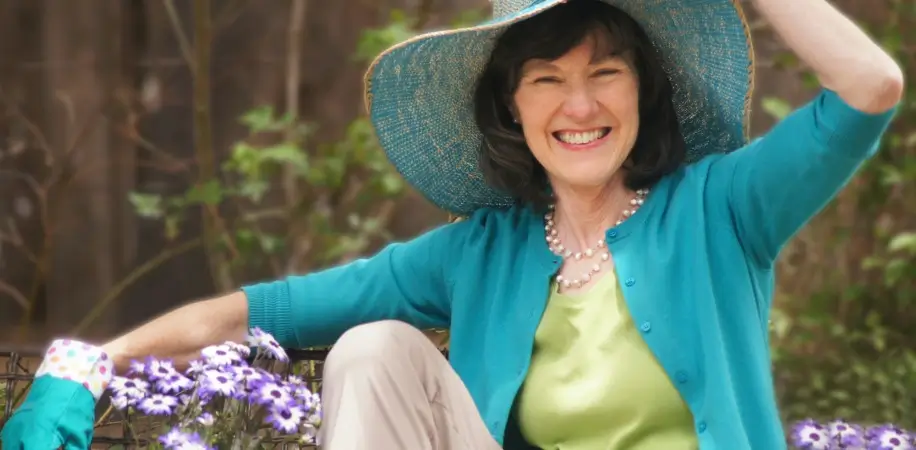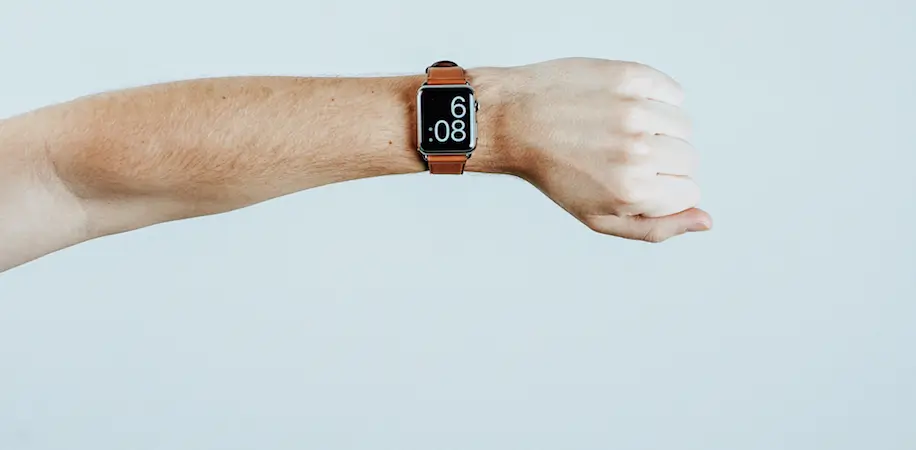
If you had a 75-million member audience who held 70% of the discretionary income in the US and relied on advertisements to make purchasing decisions, wouldn't you do everything you could to engage them? Apparently not! Less than 5% of advertising targets older Americans. Marketing to Baby Boomers offers tremendous, and relatively untapped, opportunity for organizations. So, how do you sell to the "mature" brain?
A recent Esurance ad does a good job of capturing the stereotypical attitude towards Baby Boomers. In the spot, an older woman named Beatrice raves about saving time: instead of mailing everyone her vacation pictures, she just posts them on her wall. On her living room wall. Then she "unfriends" another woman who tells her that's not how it works.
Befuddled. Confused by technology. Out of touch. But, here's the reality:
And lest we forget, Baby Boomers control 77% of the financial assets in the United States. How can you tap into that power?
In The Buying Brain, Dr. AK Pradeep writes, "Baby Boomers will all be evaluating your brand, product, package, message, and environment with mature brains..." What neurological changes are typical in older folks?
After its peak at about age 20-22, the brain begins to change. When people reach 60, these changes become more rapid and apparent. Some key pieces of information to consider when you're marketing to Baby Boomers:
The brain is less adept at handling distraction. Research shows that people are less able to block out distractions as they get older. So the idea of old forgetful folks isn't accurate: distractions inhibit the ability to encode memories. The memory works just fine (in most people) when stimuli are limited.
The takeaway for you? Minimize distractions. Use ample white space in your advertising, cut the clutter, ensure copy/text/images, etc. are clean and clear, and get rid of distracting animation and audio.
They look on the bright side. Alone, depressed - it's a common image of life as an older person. The reality is quite different: in fact, most older people are happier. They've developed resiliency and do not catastrophize small bumps in the road.
Studies show that the amygdala (which governs primal emotions like fear, anger, and happiness) is active in older people only when they view positive images. In younger people, it's active when they view both positive and negative images. In other words, older folks have developed the ability to accentuate the positive and eliminate (or at least not focus) on the negative.
To take advantage of this in your advertising and marketing efforts, emphasize the positive, the potential, the happiness in life. When crafting messages, don't use "don't." Over time, studies show, older people block out the negatives. So, "Don't wait to do your taxes" becomes "Wait to do your taxes." Use positive wording: "Do your taxes!"
Don't dwell on details - older people tend not to sweat the small stuff (and it's all small stuff). Instead, paint a broad - and positive - portrait that they can relate to.
Attention spans are longer. You don't have to continually flash new images or stimuli to keep the attention of Baby Boomers. They're the ones who actually read beyond the headline. You can take the time to deliver more nuanced, thorough messages - and they will take the time to assimilate them.
As Dr. Pradeep writes, "It's the frequency of exposure that matters to the aging brain." Make sure your branding is consistent. "[K]eep your story out there, support it with messaging that lets older consumers feel good about themselves, and keep it positive to align the older brain with your brand."
Older Americans are a formidable force: they're vast in number and strong in spending power. Marketing to Baby Boomers can help your organization thrive - and when you understand how the mature brain works, you give yourself a sharp competitive edge.



